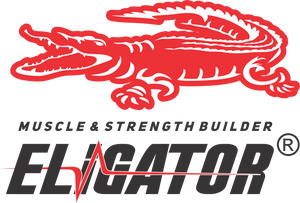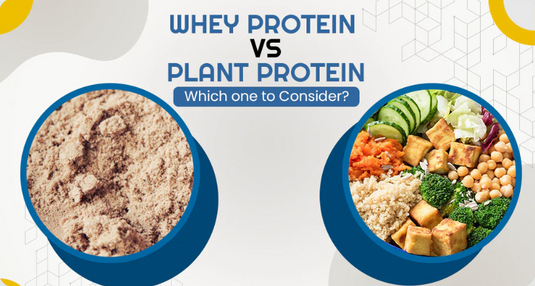
Bodyweight Blunder: Can You Build Serious Muscle Without Weights?
Introduction
When it comes to building muscle, the first image that often comes to mind is a person lifting heavy weights in a gym. Dumbbells, barbells, and weight machines have long been considered essential tools for anyone looking to gain significant muscle mass. However, there is a growing interest in bodyweight exercises and whether they can be as effective as traditional weightlifting in building serious muscle. This blog will delve into the science and practice of bodyweight training, exploring its benefits, limitations, and effectiveness in muscle building.
The Science of Muscle Growth
Before we dive into bodyweight exercises, it's essential to understand the basics of muscle growth. Muscle hypertrophy, the process of increasing muscle size, occurs when the muscles are subjected to progressive overload. This means that the muscles need to be challenged with increasing levels of resistance over time, leading to microscopic tears in the muscle fibers. When these fibers repair, they grow back stronger and larger.
There are two primary types of muscle hypertrophy: myofibrillar and sarcoplasmic. Myofibrillar hypertrophy involves the growth of the muscle fibers themselves, leading to increased strength. Sarcoplasmic hypertrophy, on the other hand, involves an increase in the volume of the fluid and energy resources in the muscle cells, leading to increased muscle size. Both types of hypertrophy can be stimulated through various forms of resistance training, including bodyweight exercises.
Benefits of Bodyweight Exercises
Accessibility and Convenience
One of the most significant advantages of bodyweight exercises is their accessibility. You don't need a gym membership or expensive equipment to perform these exercises. They can be done anywhere, anytime, making them an ideal choice for people with busy schedules or those who travel frequently.
Functional Strength
Bodyweight exercises often mimic natural movement patterns, leading to improved functional strength. This means that the strength gained from these exercises can be easily transferred to everyday activities, improving overall fitness and reducing the risk of injury.
Joint Health
Since bodyweight exercises typically involve multiple joints and muscle groups, they can help improve joint stability and flexibility. This can be particularly beneficial for individuals with joint issues or those looking to prevent injuries.
Variety and Creativity
Bodyweight training allows for a wide range of exercises and variations. This variety can keep workouts interesting and challenging, reducing the risk of boredom and plateaus.
Common Bodyweight Exercises for Muscle Building
Push-Ups
Push-ups are a fundamental bodyweight exercise that targets the chest, shoulders, triceps, and core. They can be modified in numerous ways to increase or decrease difficulty, such as by performing incline push-ups, decline push-ups, or clap push-ups.
Pull-Ups
Pull-ups are excellent for building the muscles of the back, shoulders, and arms. Variations such as chin-ups, wide-grip pull-ups, and commando pull-ups can target different muscle groups and add variety to your routine.
Squats
Squats primarily target the quadriceps, hamstrings, glutes, and core. Bodyweight squats can be progressed to more challenging variations like pistol squats, jump squats, and Bulgarian split squats.
Dips
Dips are effective for targeting the triceps, chest, and shoulders. They can be performed on parallel bars, a bench, or even the edge of a sturdy chair or table.
Planks
Planks are excellent for building core strength and stability. Variations such as side planks, plank rotations, and plank jacks can increase the difficulty and target different muscle groups.
Progressive Overload in Bodyweight Training
One of the critical factors in muscle growth is progressive overload, which can be challenging to achieve with bodyweight exercises alone. However, several strategies can be employed to ensure continuous progress:
Increasing Repetitions
One of the simplest ways to apply progressive overload is by gradually increasing the number of repetitions performed in each set. As your muscles adapt, you can add more reps to continue challenging them.
Adding Variations
Incorporating more challenging variations of bodyweight exercises can help increase the intensity. For example, progressing from regular push-ups to one-arm push-ups or from bodyweight squats to pistol squats can provide a significant challenge.
Decreasing Rest Time
Reducing the rest time between sets can increase the intensity of your workouts. This technique, known as density training, can help keep your muscles under tension for longer periods, promoting hypertrophy.
Using External Resistance
While bodyweight exercises primarily rely on the resistance of your own body, you can also incorporate external resistance, such as resistance bands or weighted vests, to increase the difficulty.
Limitations of Bodyweight Training
Plateau Potential
Without additional resistance, bodyweight training can lead to plateaus where further muscle growth becomes challenging. To counter this, continually finding ways to increase the intensity of your workouts is essential.
Limited Lower Body Progression
Building significant muscle in the lower body can be particularly challenging with bodyweight exercises alone. While variations like pistol squats and jump squats can help, adding external resistance or incorporating weighted exercises may be necessary for continued progress.
Skill and Technique
Some advanced bodyweight exercises require a high level of skill and technique. Proper form is crucial to prevent injuries and ensure the effectiveness of the exercises, which may require additional time and practice to master.
Combining Bodyweight and Weight Training
For those looking to maximize muscle growth, combining bodyweight and weight training can be highly effective. This hybrid approach allows for the benefits of both types of training, providing a well-rounded and comprehensive fitness regimen.
Complementary Workouts
Using bodyweight exercises as a warm-up or finisher for your weight training sessions can help enhance overall strength and conditioning. For example, incorporating push-ups and planks before or after a chest and shoulder workout can provide additional muscle activation and endurance.
Active Recovery
Bodyweight exercises can also be used during active recovery days to keep the muscles engaged without overloading them. This can help improve blood flow, reduce muscle soreness, and promote overall recovery.
Conclusion
While traditional weightlifting remains a highly effective method for building muscle, bodyweight exercises can also play a significant role in muscle growth. With the right approach and techniques, bodyweight training can provide a challenging and effective workout that promotes hypertrophy and overall fitness. By understanding the principles of muscle growth and incorporating progressive overload, individuals can build serious muscle without the need for heavy weights or expensive equipment.
Ultimately, the best approach to muscle building is one that aligns with your personal goals, preferences, and lifestyle. Whether you choose to focus on bodyweight exercises, weight training, or a combination of both, consistency and dedication are key to achieving your desired results.
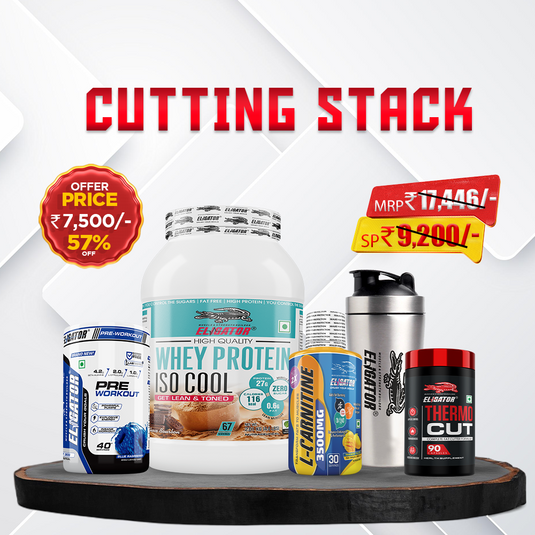



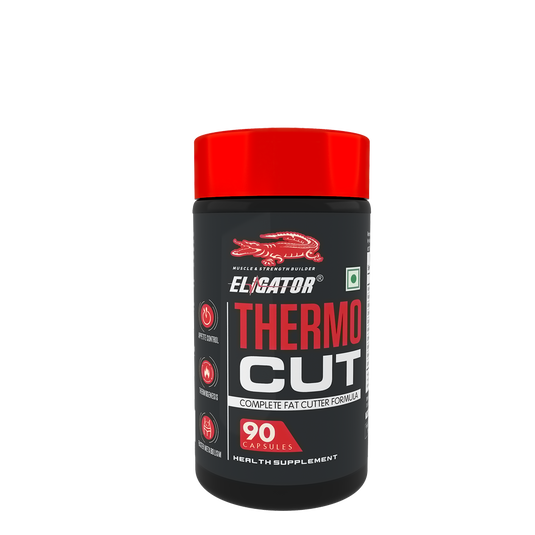
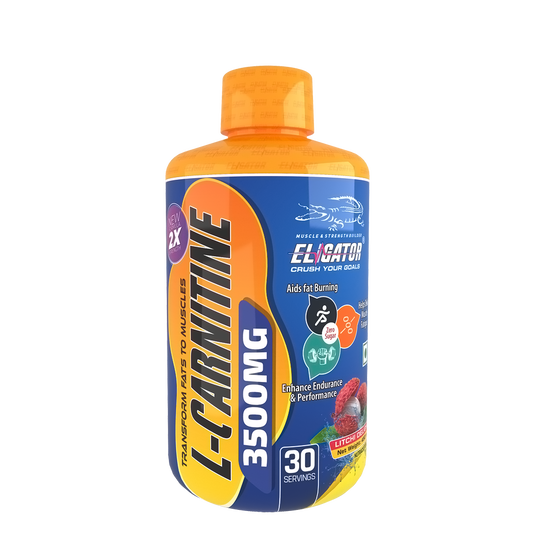
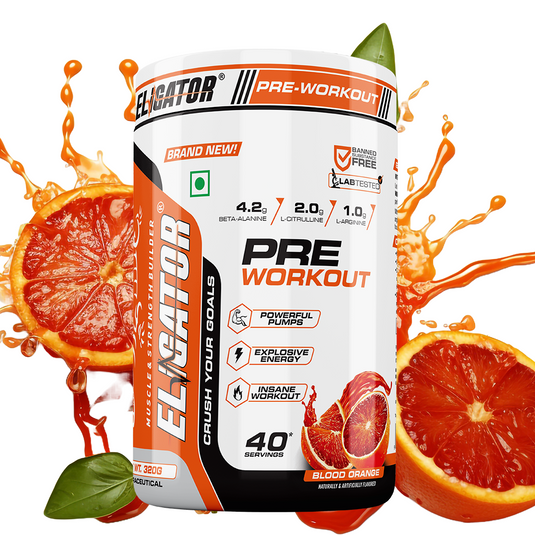

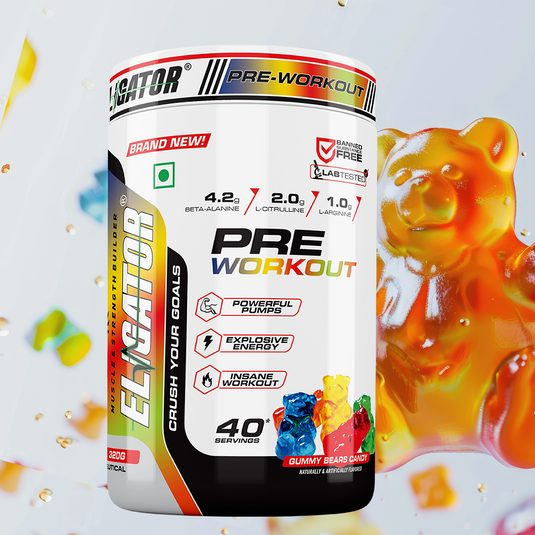

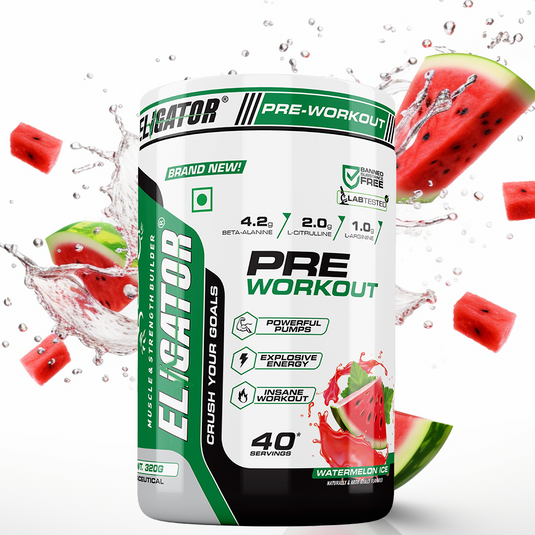
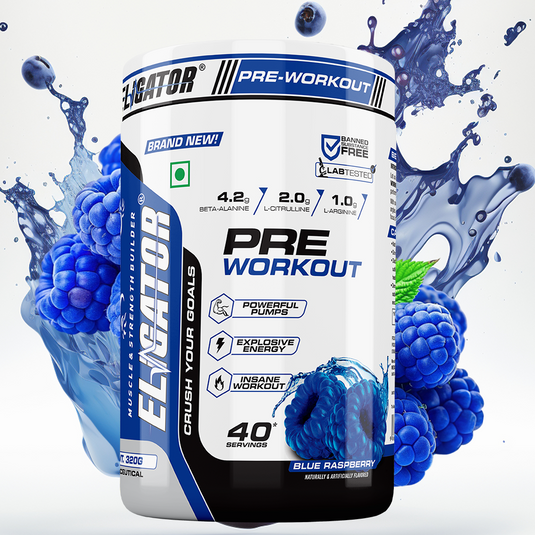




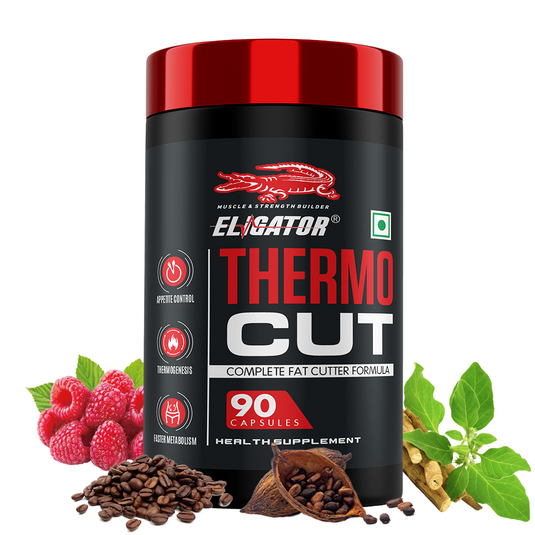




Receive the Blog via Email Daily
Please fill out the form below and we’ll get back to you within 24 hours.
